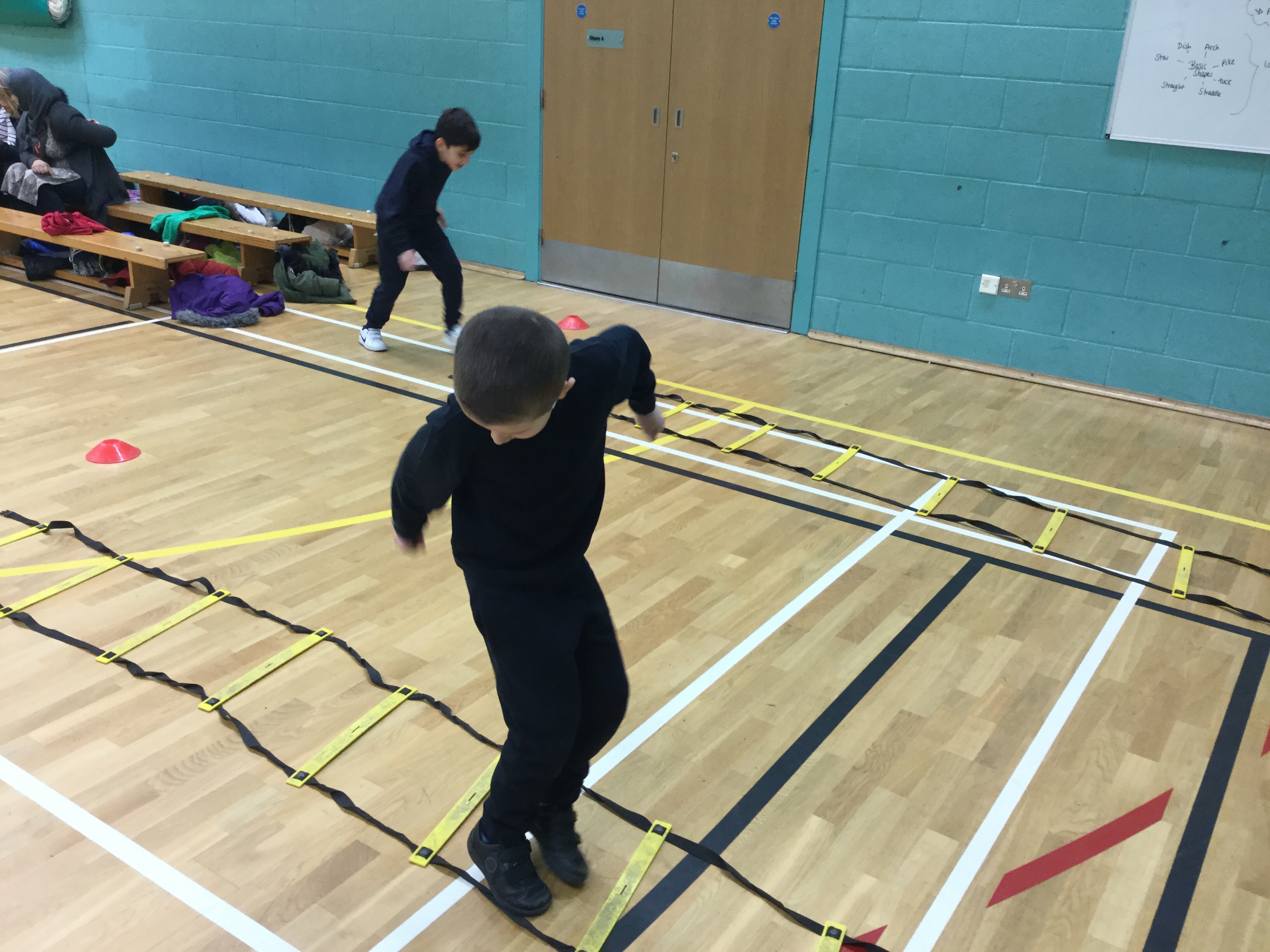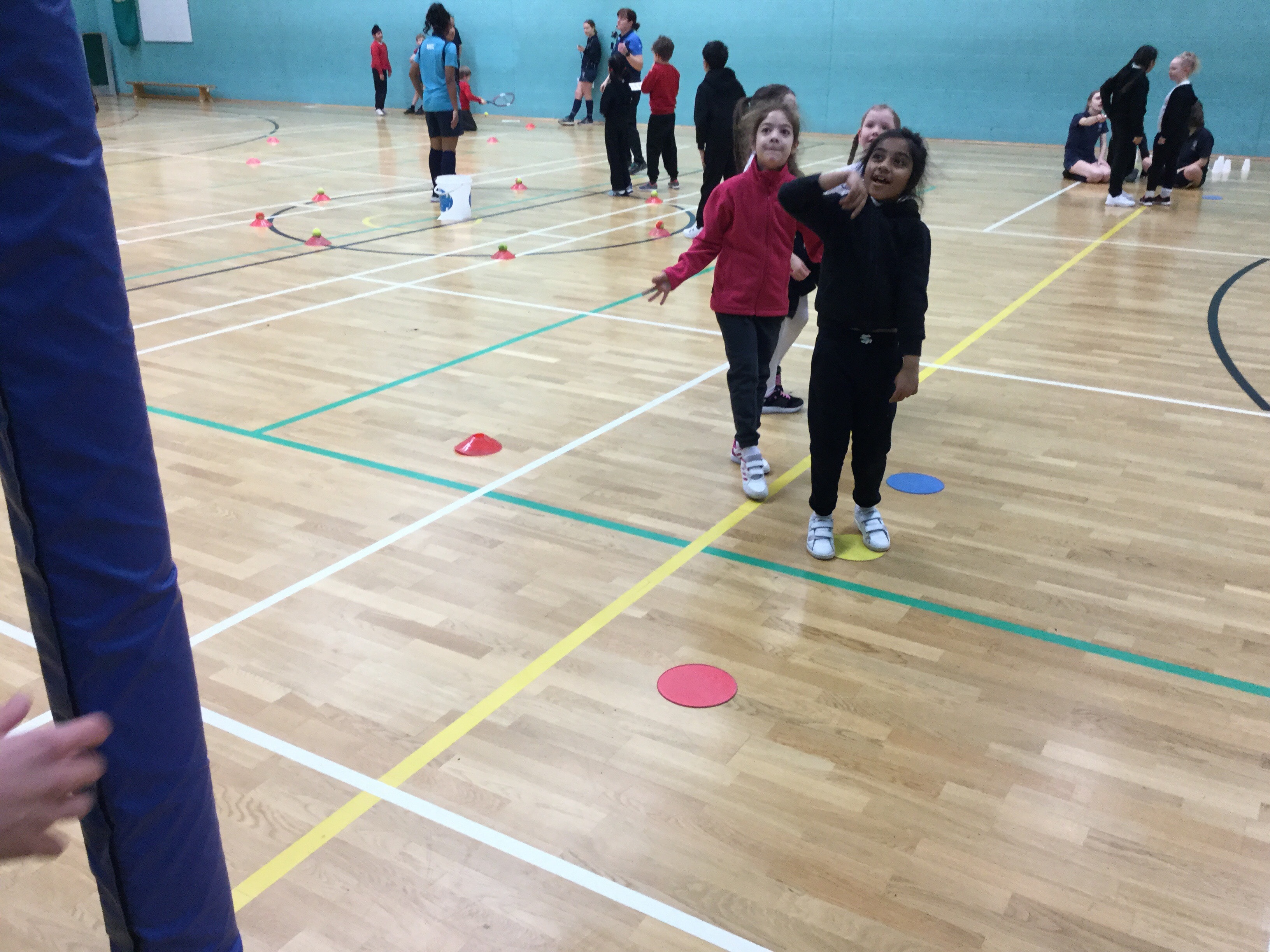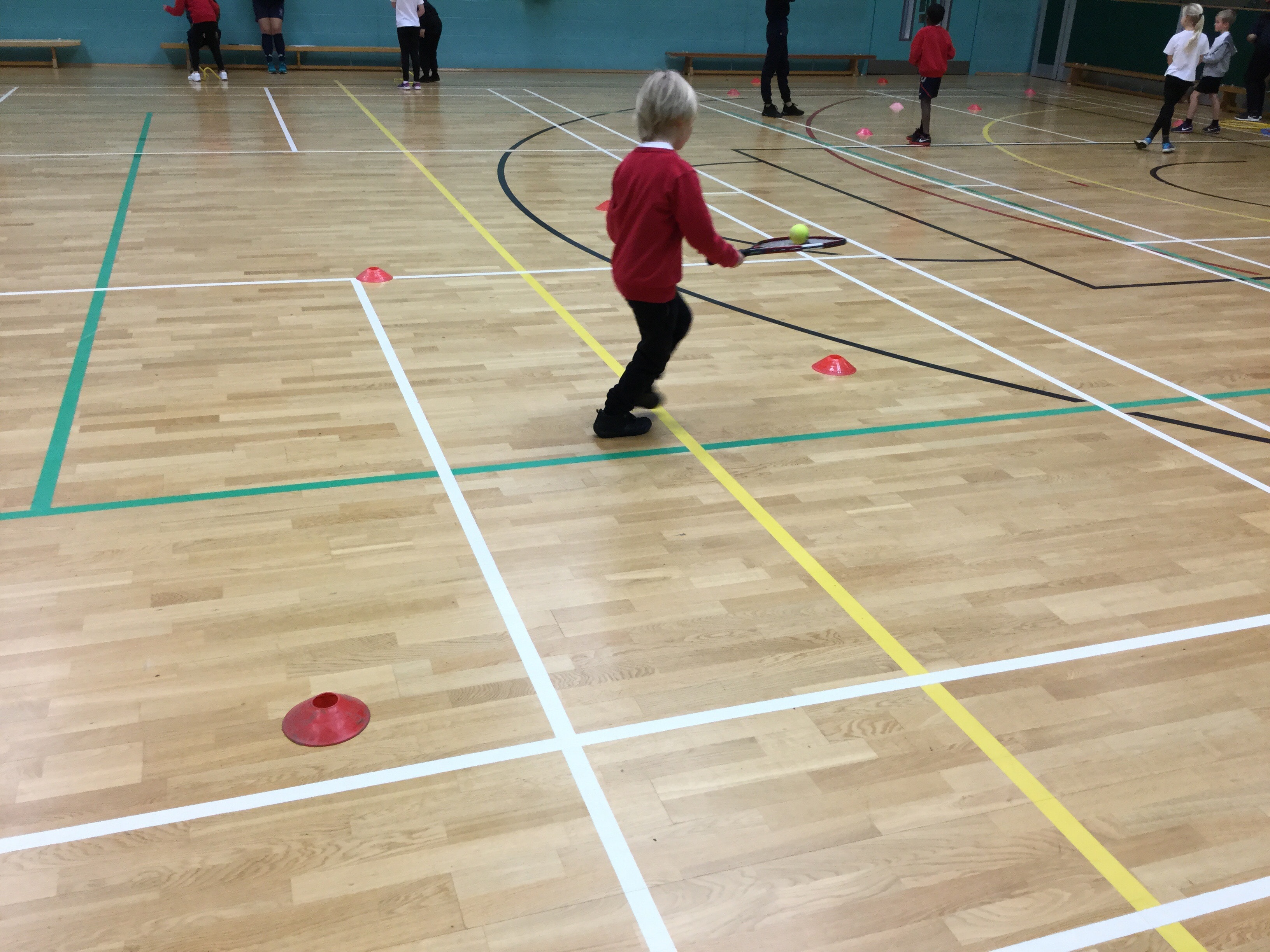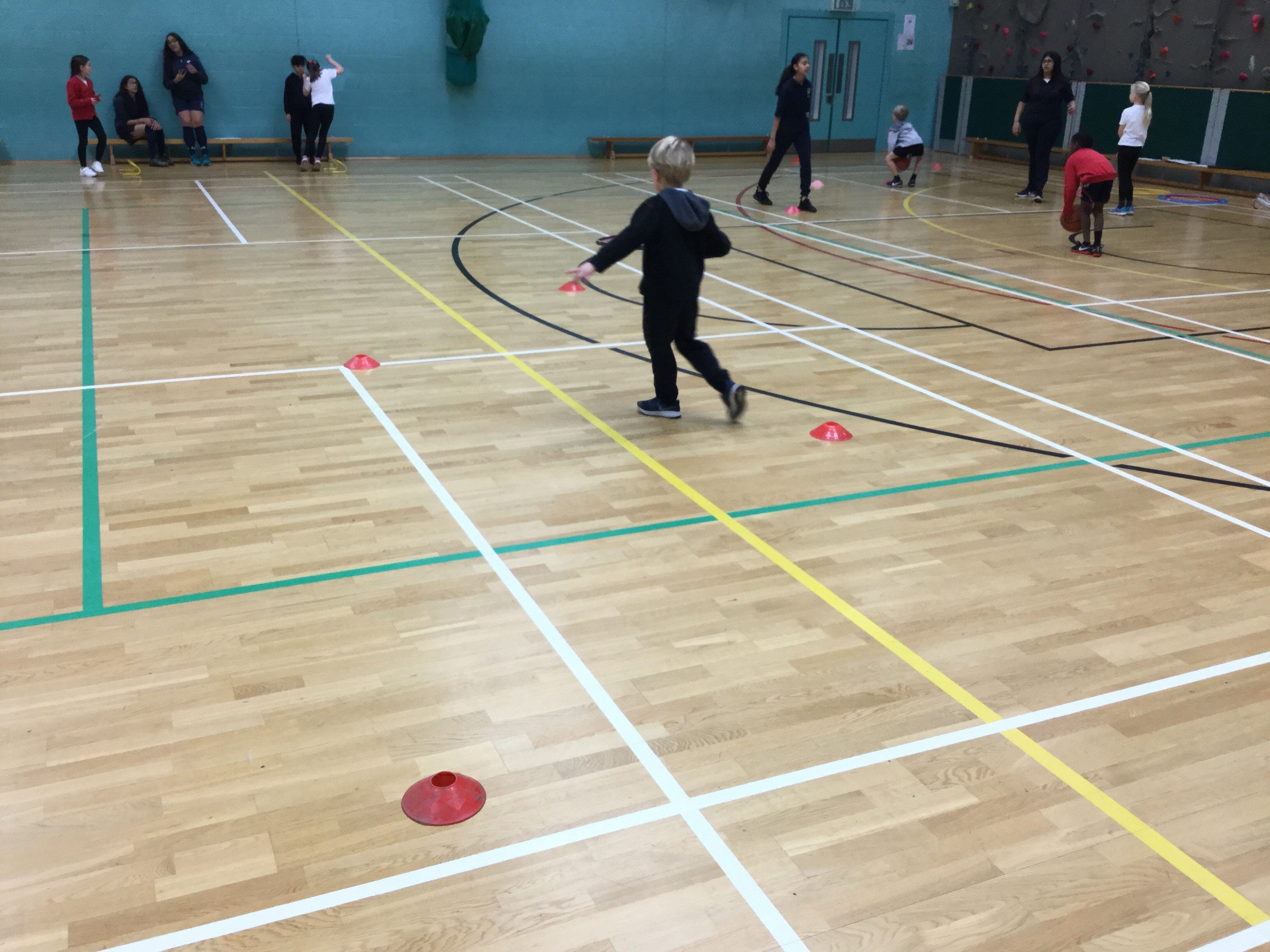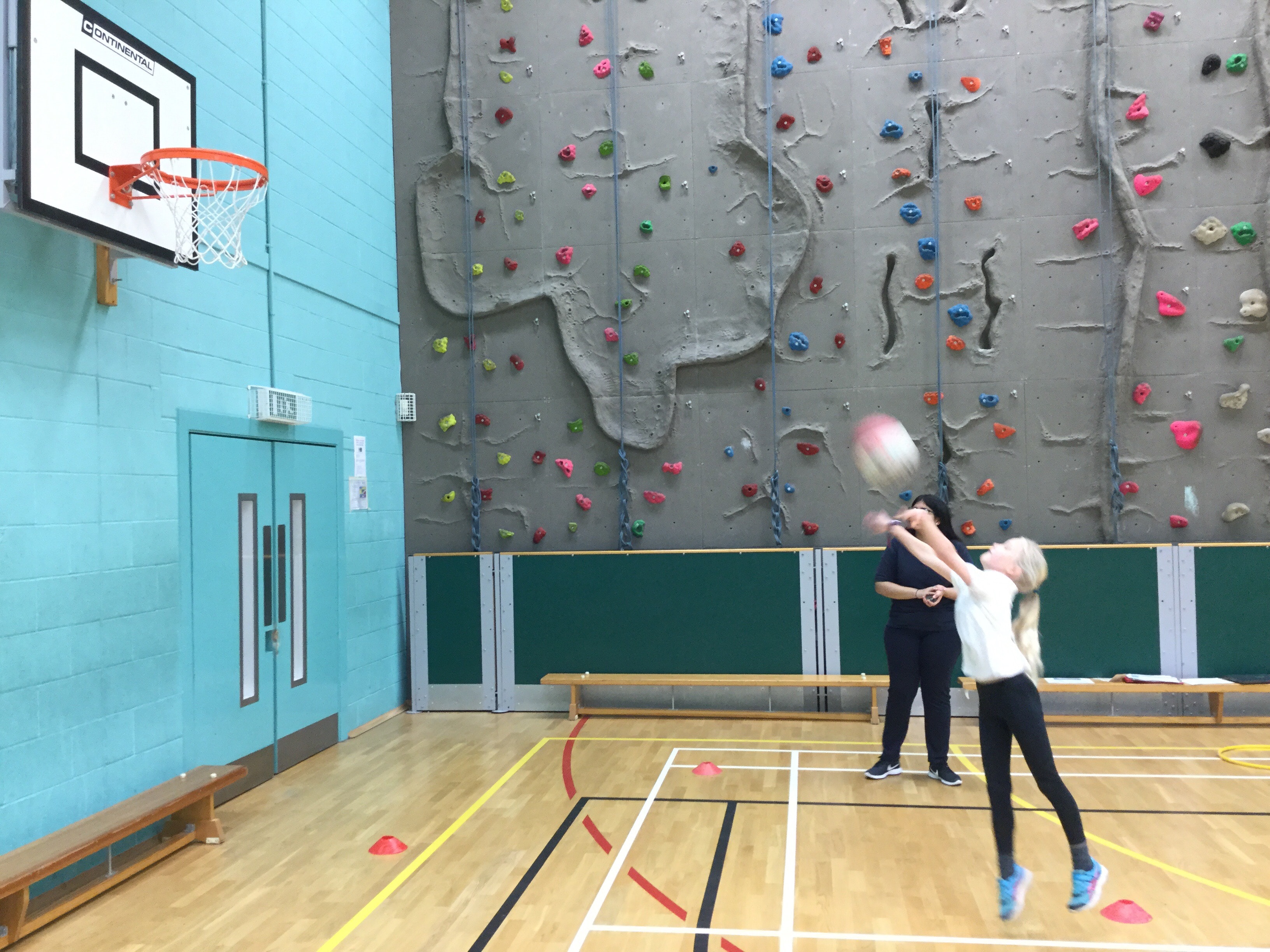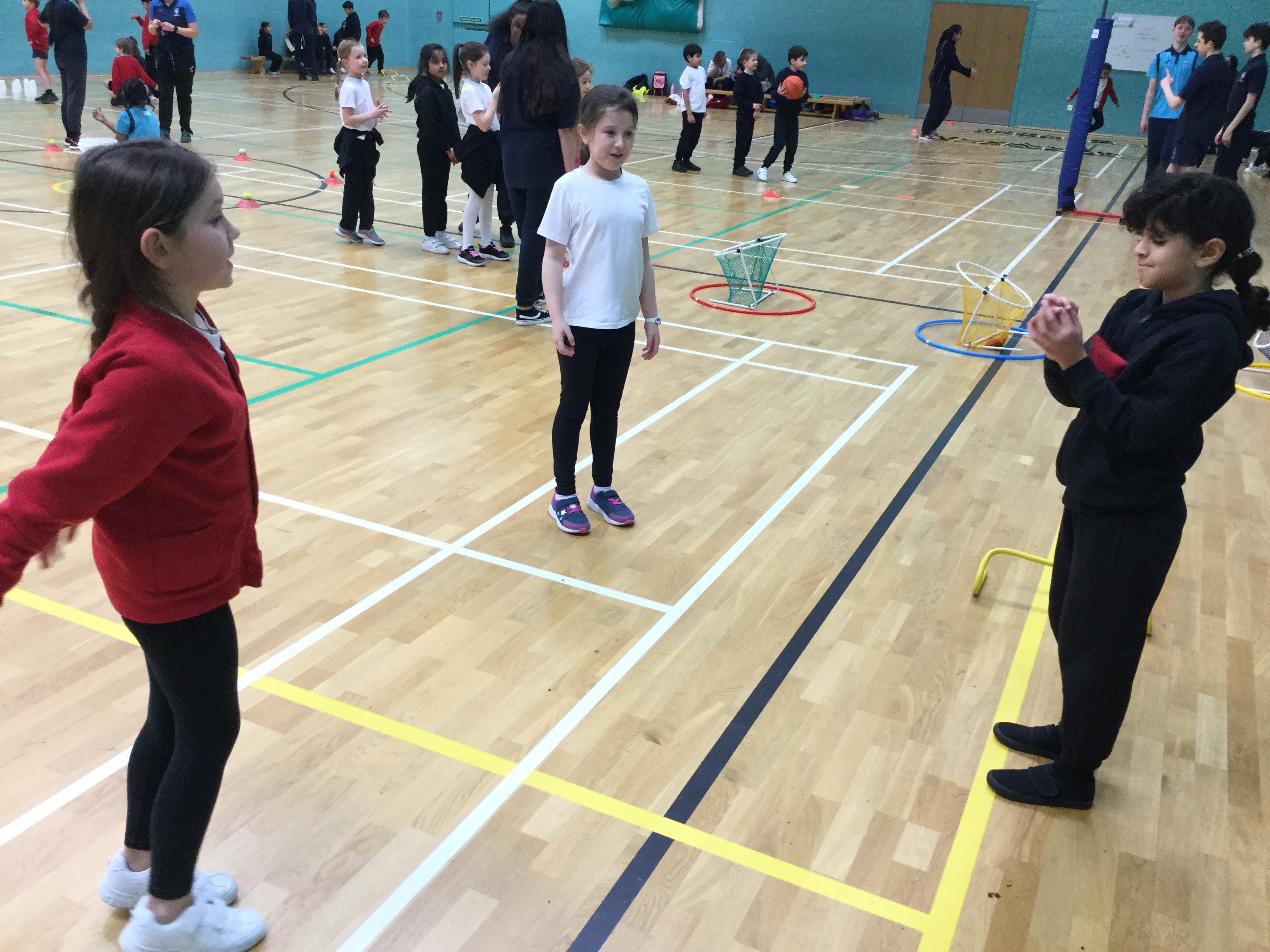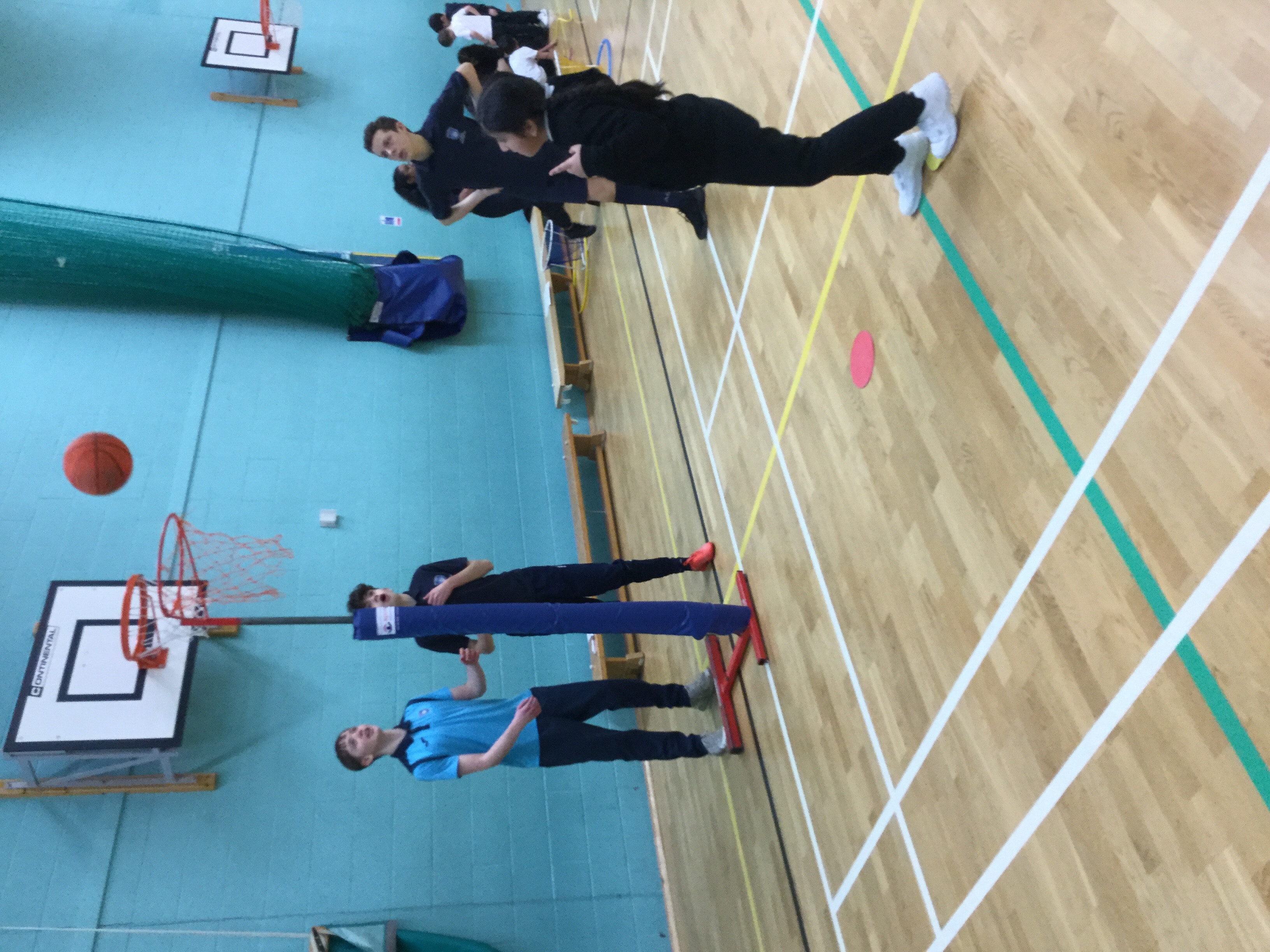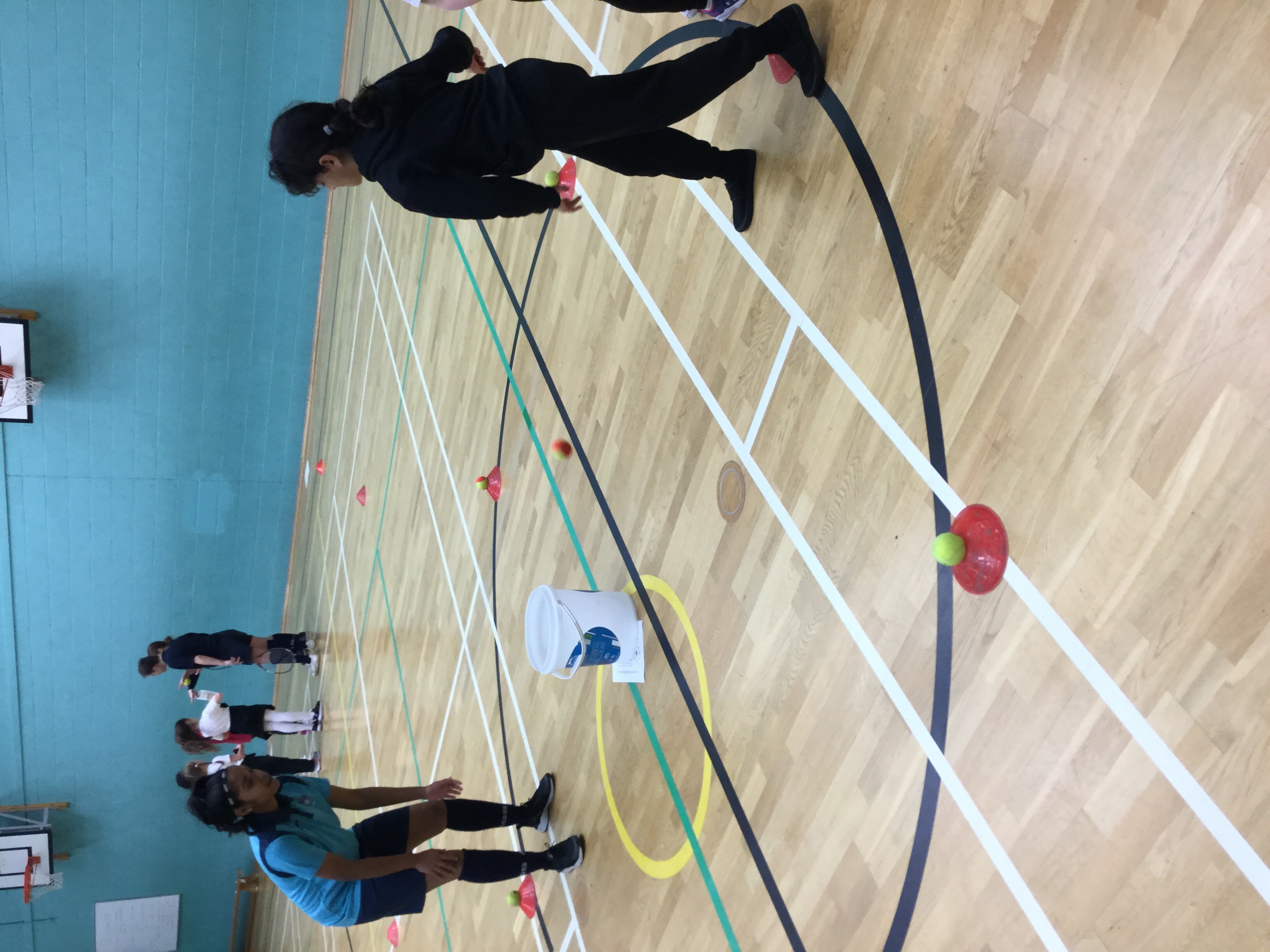Tennis
Today, Year 2 enjoyed a tennis taster session. The lesson was delivered by two coaches from a local tennis club.
‘Chapel Allerton Lawn Tennis Club has recently teamed up with Yorkshire Tennis to try and increase the number of juniors playing tennis across North Leeds throughout the first 3 months of 2020.’







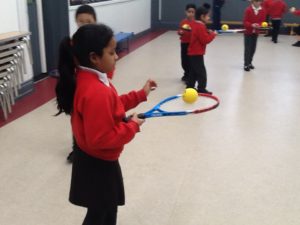



Tennis opportunities
Today, Year 2 – Year 6 pupils have taken part in tennis sessions to give children a taster of tennis and to promote sessions starting locally at Chapel Allerton Tennis and Squash Club.

Celebrate Yorkshire themed menu
Catering Agency, our school meal provider, will be running a special themed menu on Thursday 16 January. Please contact the office, in the next few days, if your child would like a school dinner on this day (no action needed if your child normally has a school meal on this day).
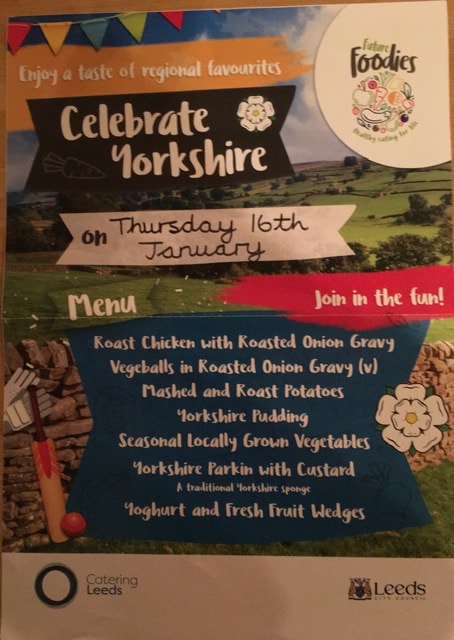
PE at Allerton Grange
Today, Year 3 did a PE session at Allerton Grange. They worked in teams of three to collect point across a number of throwing and catching tasks. Have a look at some pictures from our morning, below.
Living and learning this half term
- Drug, alcohol and tobacco education (DATE)
- Keeping safe and managing risk
Here are the weekly Living and Learning statements, for this half term, to support this learning. There will also be some whole school homeworks on these themes.
- I don’t interrupt (with my mouth or my hand).
- I can make things better.
- I know what a drug is.
- I know how to seek help.
- I make safe choices, including online.
- I can assess my own risks.
Happy Holidays
Well done to all the children in Year 2 for a very hard working term. This was rounded off by an amazing nativity show.



 We would like to wish all the children and their families a happy and healthy holiday. Thank you also for the very generous, unexpected gifts.
We would like to wish all the children and their families a happy and healthy holiday. Thank you also for the very generous, unexpected gifts.
We look forward to welcoming the children back to school on Monday 06 January 2020.
Best wishes
from all the staff in Year 2
Where in the world am I?
This week, it has been the final week of our geography based, Where in the world am I?, topic.
Throughout this learning, the children have become more knowledgeable about where they live within the world.
We live in Moortown.
Moortown is in the city of Leeds.
Leeds is in the country of England.
England is one of the four countries of the United Kingdom. The other countries are Scotland, Wales and Northern Ireland.
The United Kingdom is in the continent of Europe. The other six continents are Asia, North America, South America, Australasia, Antarctica and Africa.
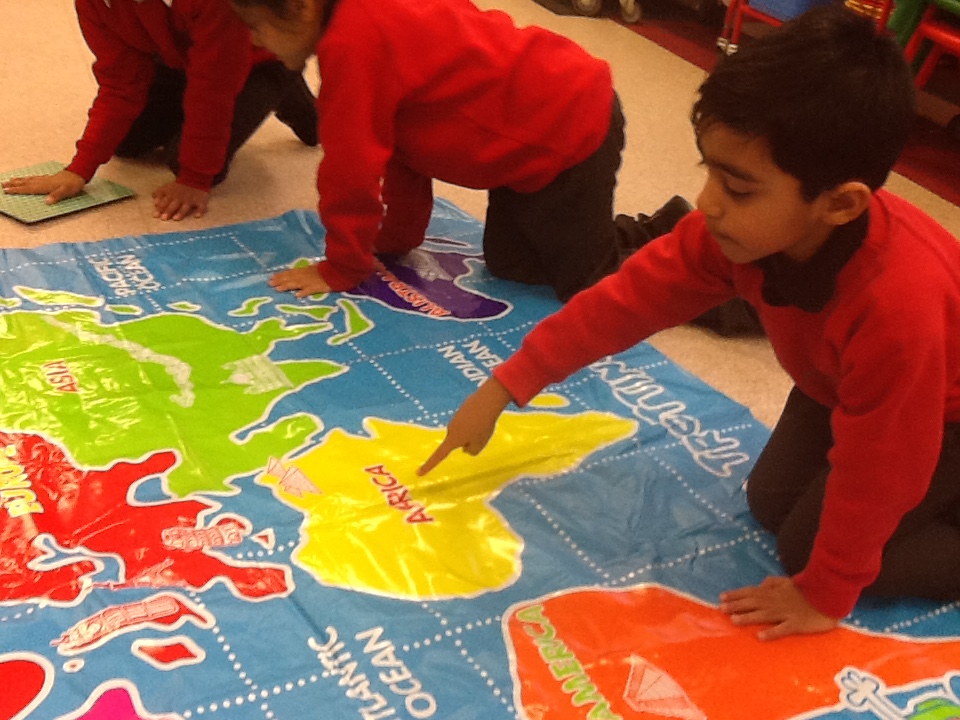


While learning all these place names, this has given us lots of opportunities to practise using capital letters for proper nouns.
This topic has also allowed us to explore maps in atlases and also online mapping (including Google Maps).

Finally, the children had a go at creating their own maps to show a familiar daily route – their way to school.
Can your child describe their route, maybe referring to some local landmarks along the way, using some positional and directional vocabulary such as near, far, left, right and the compass points of north, east, south and west. Ask your child what the map key is needed for too.
Here are a few examples.
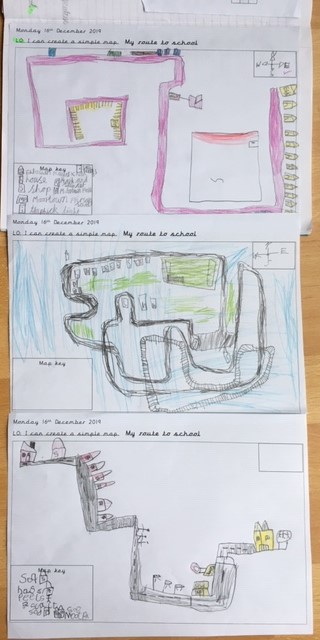
The children will be sharing some of this learning in our class assembly in the new year.
Painting Poinsettias
The Poinsettia plant is particularly well known for its red and green foliage and is widely used in Christmas floral displays.
Today, the children were given the opportunity to sketch the plant. Using their observational skills, Year 2 produced some very accurate images. Next, with fine brushes and watercolour paints, the class added colour and detail to their artwork.
the plant. Using their observational skills, Year 2 produced some very accurate images. Next, with fine brushes and watercolour paints, the class added colour and detail to their artwork.
Below, are a selection of the finished pictures.



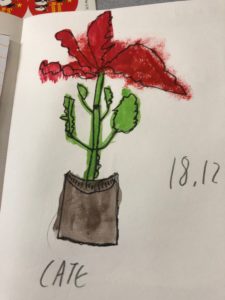


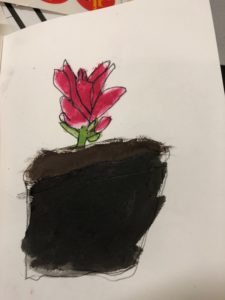



Skillful Cookery
Year 3 and 4 have exercised their baking skills this week by creating stained-glass-window cookies!
Our cookies were vegan and gluten-free so that everybody could enjoy them. We weighed out the butter, sugars and vanilla paste first.



After mixing this into a smooth batter, we added the flour, bi-carbonate of soda and baking powder.


While we waited for the dough to chill, we learned how to make hot chocolate safely so that we can have plenty over the chilly holidays.


Once the dough was cold enough to work with, we rolled it out and cut it into different shapes. If you cut a smaller shape out of the middle, you could add boiled sweets which then melt in the oven to create a sweetie window – very cool.
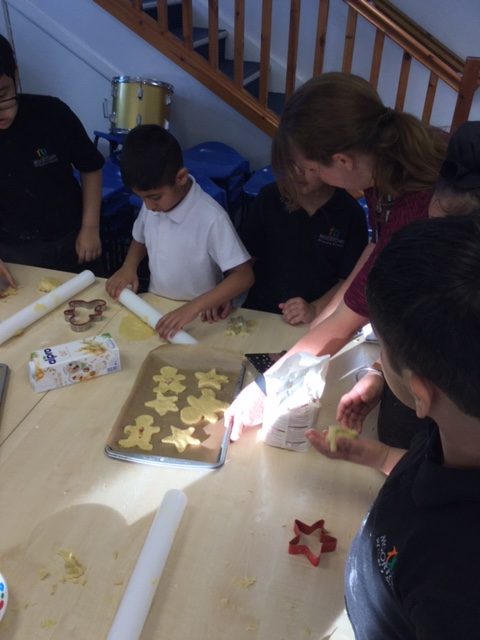

Cross country success
Following the recent Leeds North East Cross Country Festival at Cardinal Heenan, we are proud to announce that the following children have qualified for the Leeds final in February.
Year 3
Bridget (13th), Jake (5th) and Junior (20th)
Year 4
Billy (11th)
Well done to all the children who took part and good luck to our qualifiers.
